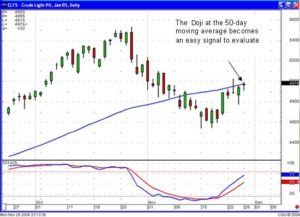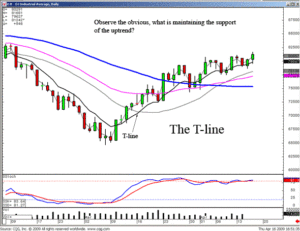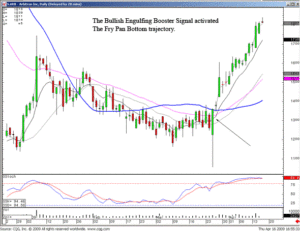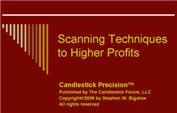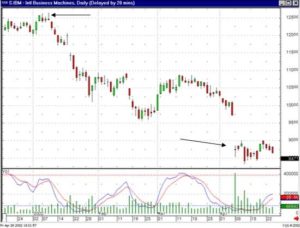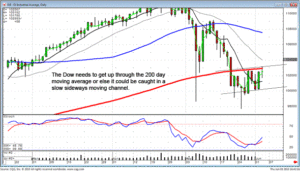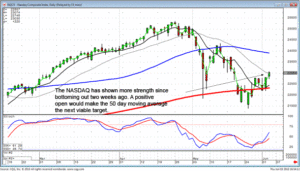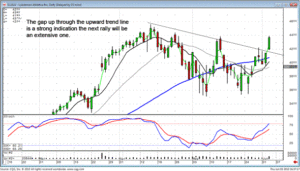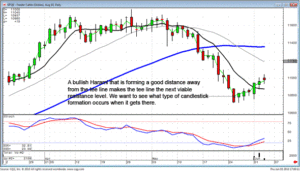In addition to his popular books on “Profitable Candlestick Trading” and “High Profit Candlestick Patterns”, Stephen Bigalow has many articles featured in “Future’s Magazine”, “Stocks & Commodities”, “Trader’s World”, London’s “Morning Star”, and other investment publications.
Refer to this page often to enhance your education on the art and science of using Japanese Candlesticks to trade effectively.
